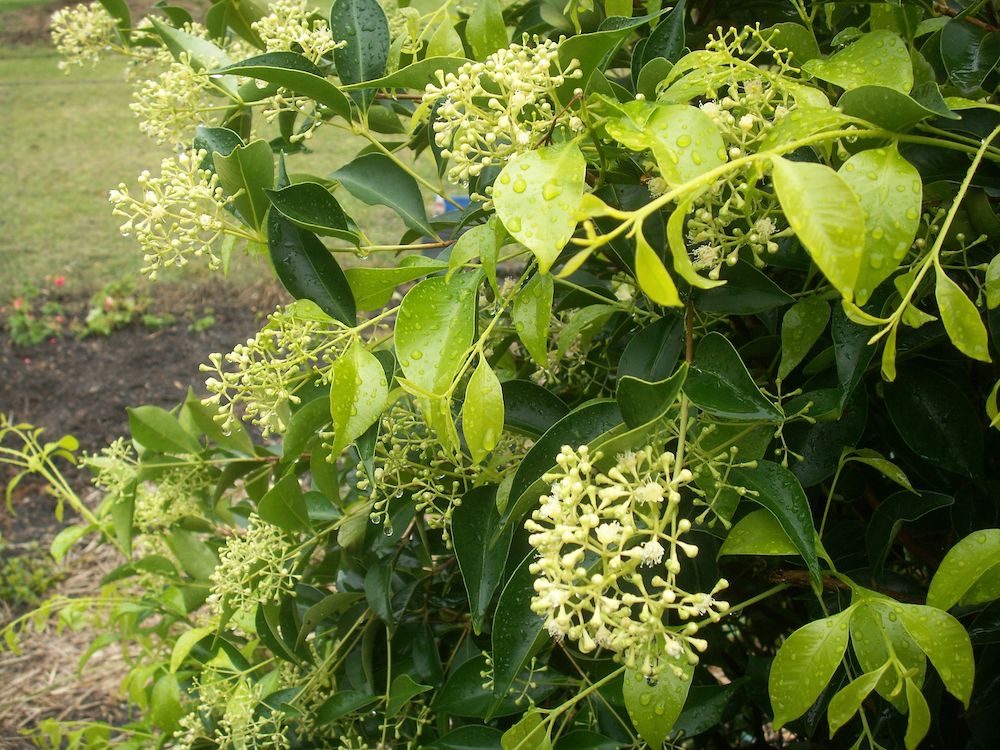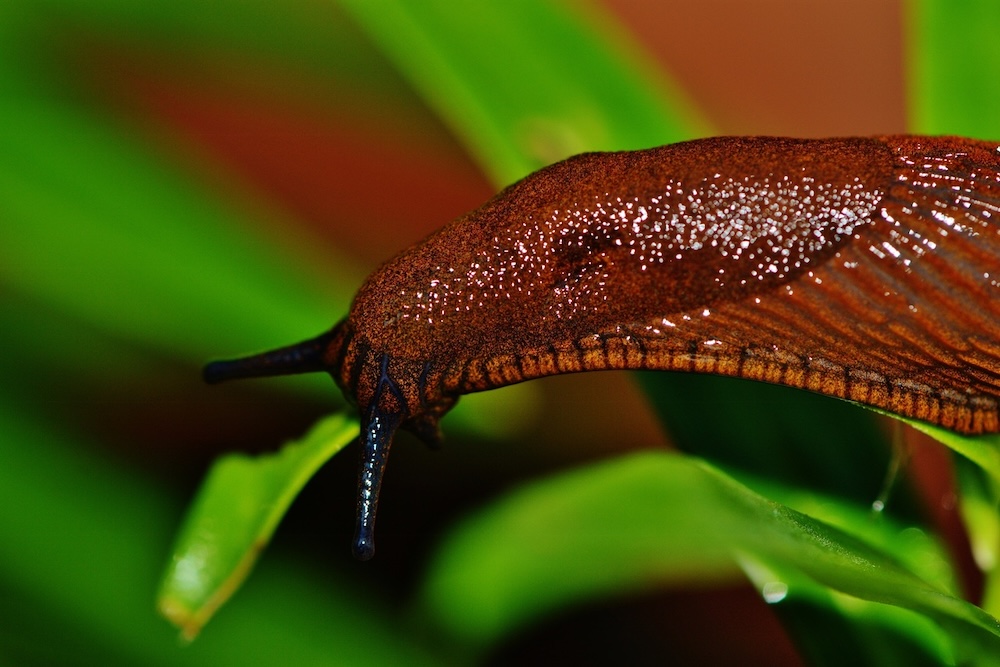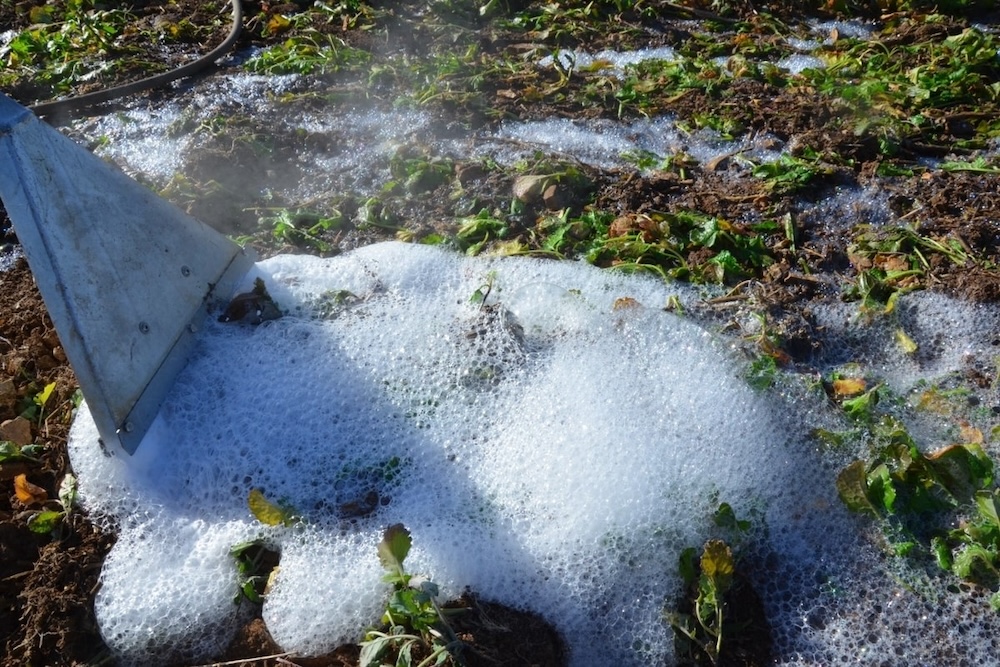These creatures are known to cause significant damage to a variety of plants, turning a once vibrant garden into a landscape of half-eaten leaves and stems.
How to Maintain Lilly Pillies
Lilly Pillies, scientifically belonging to the Syzygium and Waterhousea genuses, are a versatile group of evergreen plants native to Australia. They’re known for their summer flowering and winter fruiting, making them a year-round spectacle in any garden. Ranging from small bushes to large trees, there’s a Lilly Pilly suitable for every landscape design.
There are members of the Syzygium genus spread around Africa, Southeast Asia and beyond, but generally we’re referring to the native varieties found in Australia when we talk about lilly pillies in this country. Each variety of Lilly Pilly has its unique charm, but all share some common traits: glossy green, fragrant leaves and vibrant new growth that can range from bright green to brilliant pink to a rich crimson.
These plants also produce an edible fruit that varies in colour from red to purple, adding further ornamental appeal. Lilly Pillies have long been a favourite amongst gardeners and landscape professionals alike, and it’s easy to see why. Their fast growth and spectacular ornamental value make them a popular choice for hedges and landscaping.
Their vibrant foliage offers a lush backdrop in gardens, while their colourful berries attract a variety of bird species, promoting biodiversity. The Lilly Pilly’s diverse size range means they can be used for everything from privacy screens to topiaries, offering endless possibilities for garden design.

But perhaps the most appealing aspect of Lilly Pillies is their resilience. These hardy plants are capable of withstanding a range of climates, soil types, and light conditions, making them a rewarding choice for both novice and experienced gardeners.
There are cultivars that are resistant to typical pests that affect the genus, including scale and aphids. In the following sections, we’ll delve deeper into how you can maintain and care for your Lilly Pillies, ensuring they remain a vibrant and vital part of your garden for years to come.
Climate and Soil Requirements: What You Need to Know to Grow Healthy Lilly Pillies
As native rainforest plants, Lilly Pillies have a natural affinity for tropical climates. They tend to thrive in regions with high humidity and rainfall. However, they’re hardy plants that can adapt to a variety of climates, from temperate to subtropical.
With that being said, there are cultivars available to that will thrive in almost any climate around the country. Lilly Pillies aren’t particularly fussy about soil types. They can grow in a range from slightly acidic to alkaline soils.
However, they do tend to prefer well-drained soil. Soggy, waterlogged conditions can lead to root diseases and other health problems. If your garden has heavy clay soil, consider improving its structure with gypsum and organic matter to prevent waterlogging and to break up hard soils that roots will struggle to penetrate.
These plants can grow in full sun to part shade. While they can tolerate some shade, they perform best in a position with full sunlight. This exposure encourages dense growth and vibrant foliage colour. However, in extremely hot climates, some Lilly Pillies will appreciate some afternoon shade to protect them from scorching.
Watering and Fertilisation: The Key to Maintaining Lilly Pillies
Newly planted Lilly Pillies should be watered well until they become established. After this, they can usually get by with whatever rainfall they receive, but you should still provide extra water during extended dry spells. But if you’ve got the water to spare, keep them regularly watered to help them perform at their best.
Lilly Pillies appreciate a good feed. Use a slow-release fertiliser that’s high in nitrogen to promote lush foliage growth. A yearly application of compost or well-rotted manure can also help to improve soil fertility. Remember to always water well after fertilising to prevent nutrient burn and ensure the nutrients are well distributed in the soil.
Some people will tell you that you should be careful when feeding Lilly Pillies because they’re a native plant, but that’s not true. While some natives like Proteaceae members can’t tolerate high nutrient levels, generally plants in the Myrtaceae family like Lilly Pillies can be fed like your exotics.
In spring, when new growth starts, apply a slow-release fertiliser to give your plants a boost. This is also a good time to prune back any winter damage and shape your plants for the coming growing season. During hot, dry summer months, increase your watering to keep your plants hydrated.
In autumn, you can ease off on both watering and fertilising. In winter, reduce watering further, and protect your plants from frost if necessary. By understanding and meeting the climate, soil, watering and fertilisation needs of your Lilly Pillies, you can enjoy their vibrant beauty year-round.
Pruning and Shaping Lilly Pillies: How to Keep Them Looking Their Best
The best time to prune your Lilly Pilly is in late winter or early spring, just before the new growth starts. This timing allows you to remove any winter damage and shape the plant before new growth appears.
Regular pruning also helps to maintain a dense, bushy growth habit, which is particularly desirable when using Lilly Pillies as a hedge or screen.

When pruning, focus on removing dead or diseased wood first. Then, you can shape the plant as desired. If you’re maintaining a Lilly Pilly hedge, aim for a shape that’s slightly narrower at the top than at the bottom. This shape ensures that sunlight reaches the lower branches, promoting dense growth throughout the plant.
Always use sharp, clean pruning tools to make clean cuts and minimise the risk of disease transmission. With their fast growth and dense foliage, Lilly Pillies are ideal for creating hedges, screens, and topiaries. For hedges, regular trimming will encourage bushy growth and maintain the desired shape. If you’re feeling creative, Lilly Pillies can even be sculpted into various topiary shapes.
Just remember to start with a simple shape and gradually work towards more complex designs as the plant grows.
Common Diseases and Pests: How to Protect Your Lilly Pillies
Lilly Pillies are generally quite resilient, but they can occasionally be affected by diseases such as root rot (usually due to waterlogged soil) and pests like caterpillars, scale and psyllids. Scale insects can cause unsightly lumps on leaves, but these are mainly an aesthetic issue and rarely harm the plant.
Myrtle rust is the real villain when it comes to Lilly Pillies. If you notice any unusual signs on your plant, it could be worth consulting with a local nursery or extension service for advice on treatment options. Some varieties of Lilly Pilly are resistant to sucking insects, which can be a vector for disease, so choosing these varieties can help prevent issues.
Regular care and vigilance are key to keeping your Lilly Pillies healthy and vibrant. In addition to the right watering, fertilising, and pruning practices, regular checks for signs of disease or pests can help you catch any potential issues early.
With the right care, your Lilly Pillies can remain a standout feature in your garden for years to come.

Daniel’s Wrap
Growing and maintaining Lilly Pillies can be a highly rewarding gardening endeavour. These versatile plants offer year-round appeal with their lush foliage, colourful new growth, and ornamental berries. By understanding and catering to their needs for sunlight, water, nutrients, and pruning, you can help your Lilly Pillies thrive and enjoy their beauty for many years.
While they can occasionally be affected by pests or diseases, these issues are usually manageable with regular care and vigilance. The key is to catch any potential problems early and treat them promptly. With the right care, your Lilly Pillies can remain healthy, vibrant, and an essential part of your garden’s aesthetic.
Whether you’re an experienced home gardener or a professional landscape maintenance expert, Lilly Pillies offer endless possibilities for landscape design. Train them into a dense, bushy hedge for privacy, sculpt them into topiaries for a touch of whimsy, or simply let them grow naturally for a lush, tropical feel.
Their tolerance for a variety of conditions also makes them suitable for different parts of the garden. They can provide shade in sunny areas, add structure to flower beds, or bring life to a dull corner with their vibrant foliage and attractive berries.




This Post Has 0 Comments